
Well, here I am writing at 5:30 AM again — I forced myself out of bed to eke out some precious me-time. Our toddler has been home for an extended winter break since a COVID case was reported in his daycare class four weeks ago (he’s fine though!) Shout out to the parents out there, especially those of us with kids under five, ineligible for the vaccine. For us, the slow motion grind of the pandemic has offered few moments of reprieve. So I really don’t have much to report in terms of exciting eating in 2021. I’ve eaten in restaurants all of three times in the past 21 months, travel has been limited to weekend trips to see family and friends in Southwest Michigan. My cooking keeps us nourished and satisfied, though I can’t say I’m particularly inspired. So on this wearied note, I am announcing this is my final year end blog post — I just don’t have that much to write about these days.
Beyond the kids and the pandemic, age is catching up with me. I don’t think I’m the only one whose blood pressure has gone up these past two years. I’m learning that it’s really hard to cut back on the miracle that is salt. And I’ve tried to eliminate beef entirely — not just bad for the bod, but the planet too. I’ve been fucking around with the new fake ground beef technology and not hating it. I’ve done Impossible/Beyond smash burgers, kefta kebabs, chopped cheese, chili mac, and lasagna. While lacking the luscious mouthfeel of real fatty beef, this newfangled fake meat has an umami factor and juiciness that the old ways of Garden and Boca burgers cannot touch.
What else can gramps complain about? While I am totally inspired by the agility and resourcefulness of food entrepreneurs reinventing the service industry in the face of adversity, my schedule just never seems to line up with their latest drops. I wish I could support all the pop ups, delivery ops, and alt economies, many run by people of color cooking from their respective cultural traditions. But for now, I live vicariously through Instagram. Fortunately there’s a few newer brick-and mortar spots that fit this ethos, with regular hours, nearby my work, surviving these times and turning out creative and highly flavorful food: Lao Peng You and Kasama, who respectively made several of my favorite dishes I ate this year (eggplant and Xian bing at the former, combo sandwich and adobo at the latter.)
I suppose that media is my main outlet to participate in the food world these days. I’m pretty proud of my cohort of omnivorous academic misfits for putting out three issues of the Chicago FoodCultura Clarion this year. If you don’t know by now, our humble quarterly food and art journal (printed as a newspaper tucked into copies of the Chicago Reader) was instigated by Spanish food artist Miralda in collaboration with U of C anthropology chair Stephan Palmié, food writer Paige Resnick, investigator of Southside culinary oddities, Peter Engler, and myself. In 2021 we covered everything from the history of Chinese Korean food in Chicago to cooking raccoon to voodoo catering to restaurant design by Chicago surrealist Richard Koppe, all with a splash of visual hijinks. The project was a blessing for me — it kept my mind active during extended periods stuck at home.
Working with a crew of serious writers helped me reflect on my writing practice — I realized that in the blog era, so much food writing, including my own, has been inundated with self absorbed rambling. Think about too many online recipes these days: you have to scroll through the 2000 words of babble about somebody’s charming trip to Cape Cod that one summer just to get to the recipe for that easy-weeknight sheet-pan baked fish. I hope my musings are more compelling than that, but I’m just not sure we need the perspectives of overrepresented folks like me crowding up space.
I found that I am more inspired by platforming other folks’ stories (which, in a way, harkens back to an older model of objective journalism.) On that note, I’d like to share a little more love for three friends that we featured in the Clarion and catch up with the ways they have persevered and thrived during these upside down times:

Jen Delos Reyes contributed to the second issue of the Clarion: meditations on solitary cooking both in prose and a collage of witty Instagram story snapshots. But I blinked my eyes and by spring Jen had sowed an urban farm in McKinley Park, complete with chickens and adorable bb goats, called Garbage Hill Farm. And the abundance just took off from there: Jen launched a CSA to help fund her soon-to-be “residency for BIPOC arts and culture leaders and artists to rest and rejuvenate” featuring: a psychedelic array of veggies grown on the farm, a self care product line, ferments and preserves, organic cleaning products in refillable containers, liqueurs, ridiculously delectable sounding “farm-to-face” ready-to-eat products like Japanese breakfast granola and chicken of the woods lumpia. Jen is a self-made DIY force with a strict no waste ethic and an impeccable ‘gram game. Ultimately, her project is one of care, envisioning a better world by tending to land, animals, and community.

Alberto Aguilar awakened his 50 ingredient molé project from a many-year hibernation when we needed it the most. The project is about bringing people together and the molé, in its multitudes of ingredients, is a metaphor for amalgamation. So during the warmer months of this year, when things felt a bit safer, more optimistic, Alberto hosted two molé events, the first at Ox-Bow, was covered in issue #4 of the Clarion. The second event was hosted in the fall at Edra Soto and Dan Sullivan’s home gallery, The Franklin, for which he raided their larder to make a brilliant molé that reminded me of a clove-heavy curry. He also invited artist Ricardo Vilas to make a Brazilian side dish of feijão tropeiro, which also truly blew away my taste buds: a kind of meaty salad with collards, sausage, and yellow beans topped with nutty toasted manioc flour and some unidentified pickled red veggies.
I ate a few of my favorite things this year with Alberto. The day of our interview for the Clarion, I had the pleasure of joining him on a food crawl around his home in Forest Park. The highlight of the jaunt was definitely the dark and sticky goodness of chicken adobo and pork humba off the steam table at mom-and-pop Filipino grocer, Lola Tining’s. Much thanks to Alberto for the much needed companionship and delicious grub.

Hyun Jung Jun started baking cakes to commemorate friendships — an occasion to pause and find gratitude in our relations, perhaps tinged with the melancholy of knowing that these moments are fleeting. 18.5 thousand Instagram followers and two New York Times features later, her Dreamcakes are a sensation, Hyun Jung has found a huge audience for her sentimental confections. Dreamcakes are works of art, not your typical fussy, carefully piped cakes — they are naturalistic, seemingly birthed from the bed of a garden or forest floor. The flavors she brings are unexpected, with savory earthy elements like sesame, beets, and herbs bound by delicate buttercreams and merengues. To share a slice of this enchanted cake we can fulfill our longing for connection with those that we love in a time of isolation.

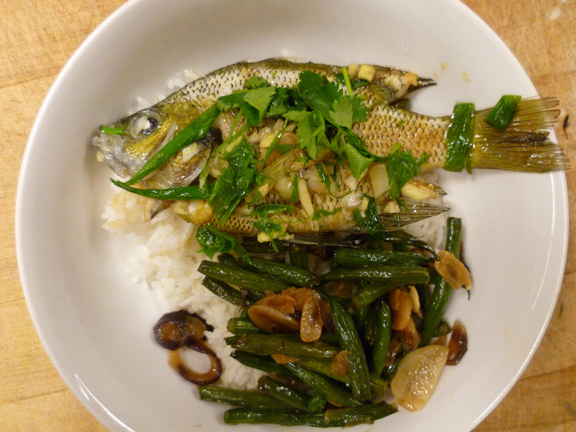
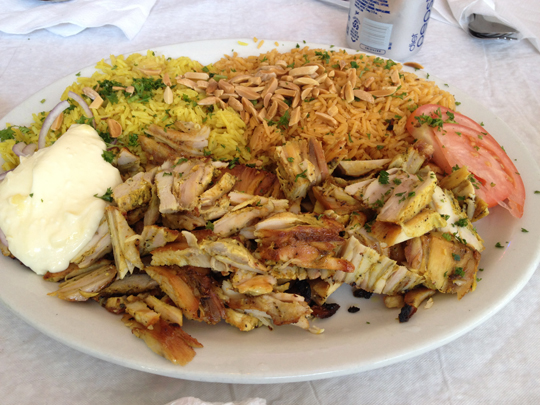





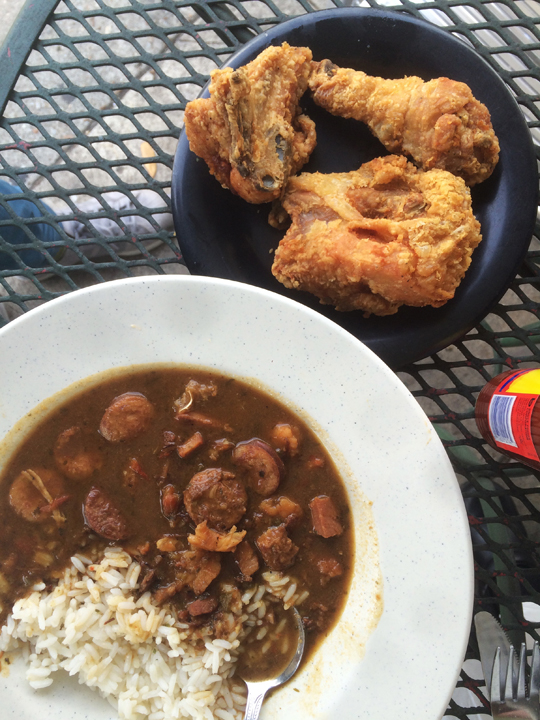



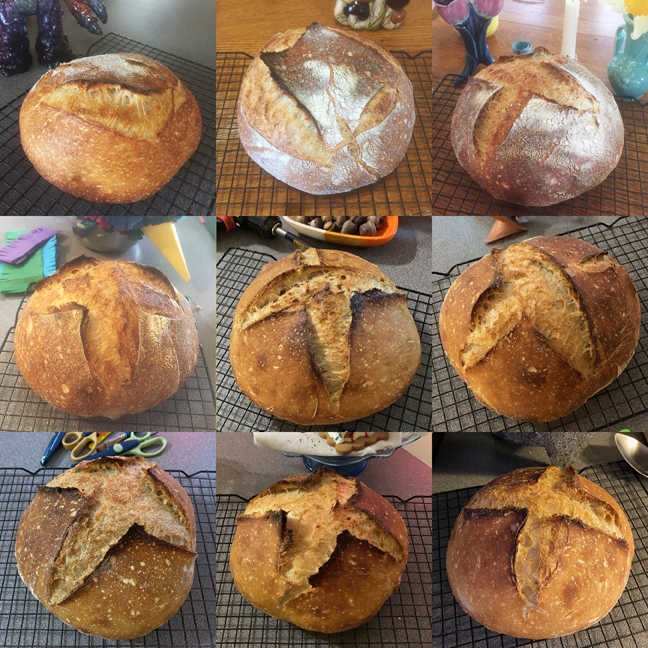

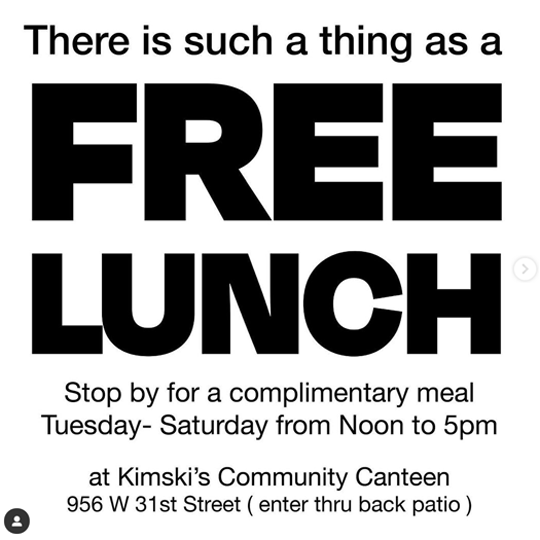


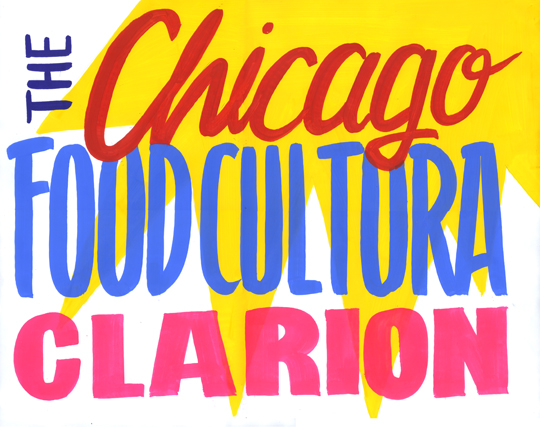
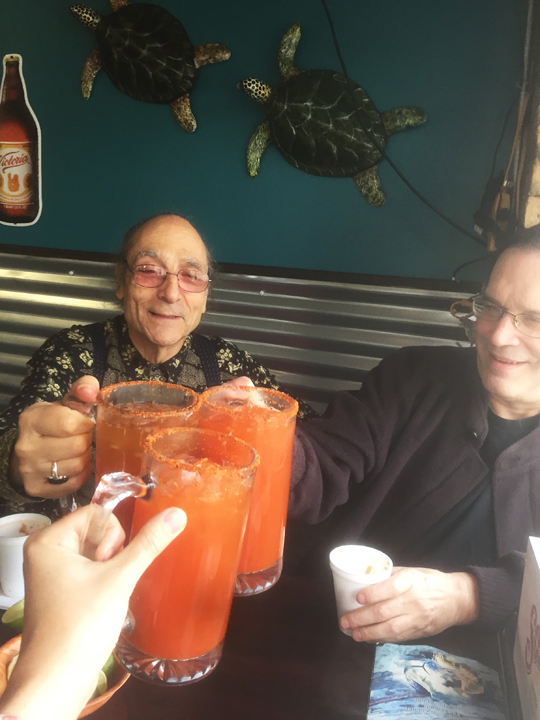


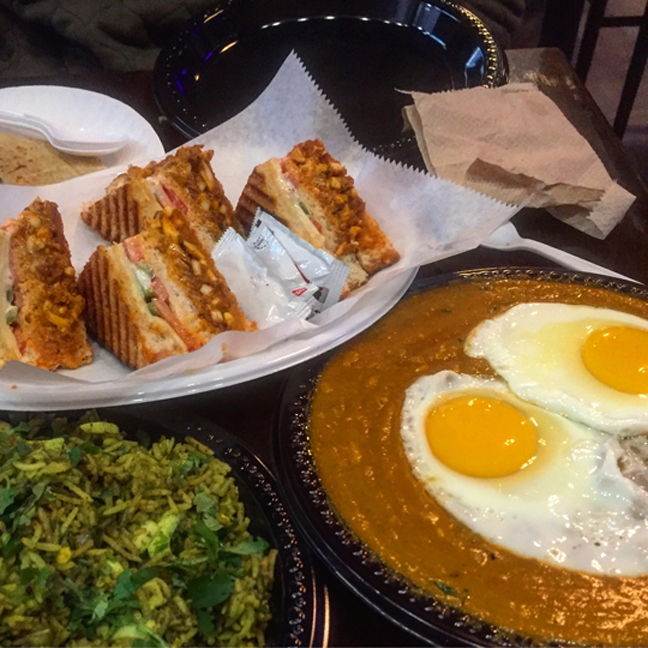
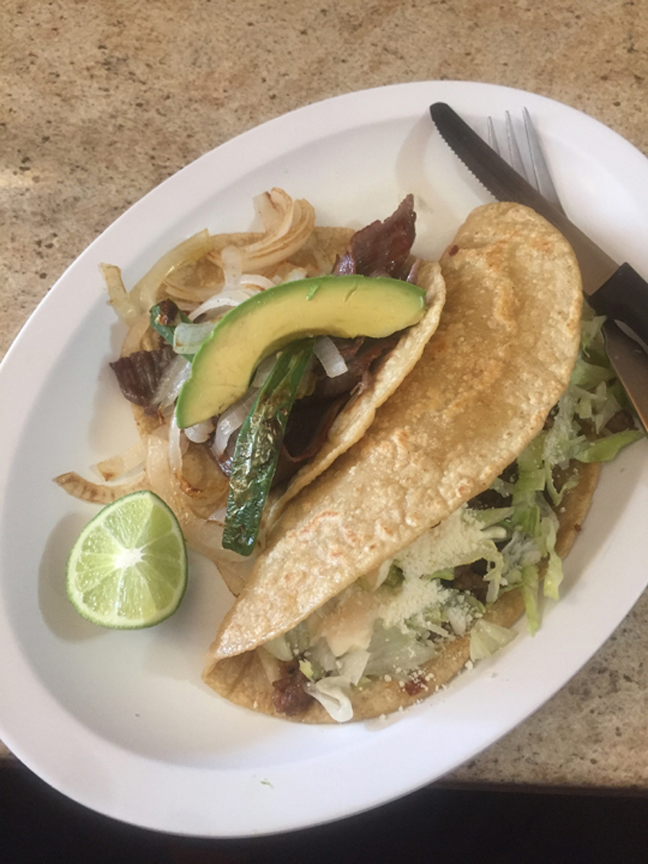
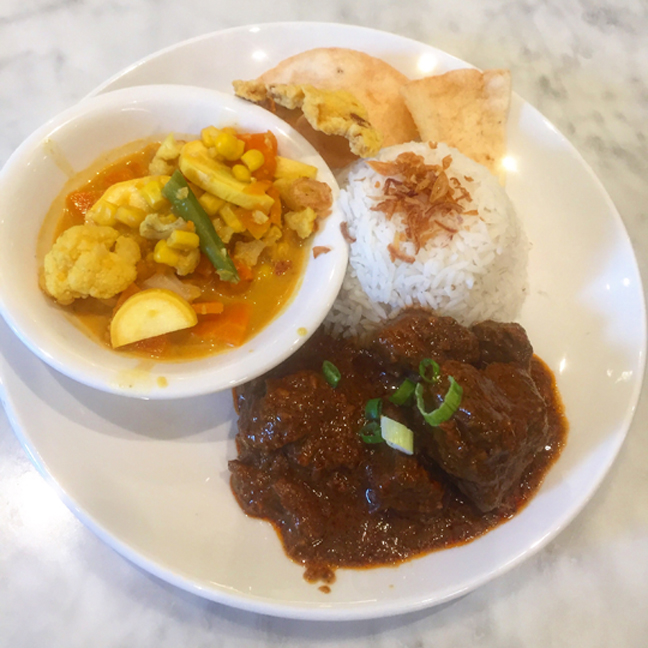
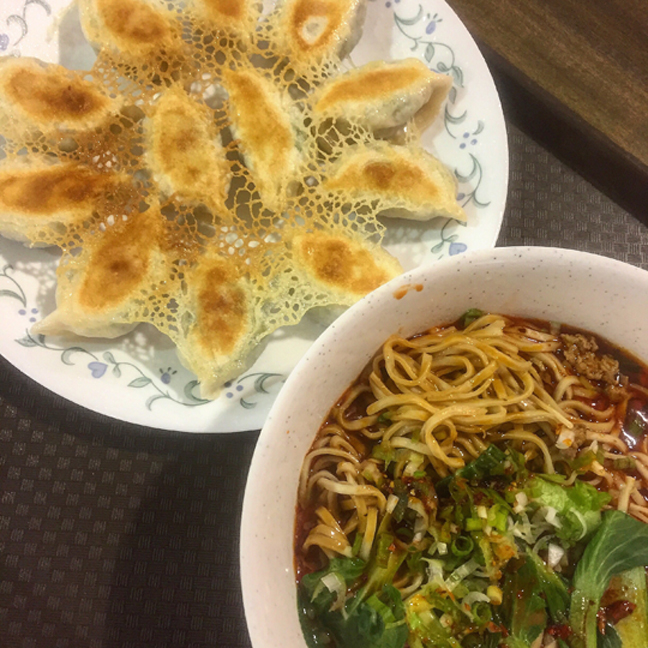

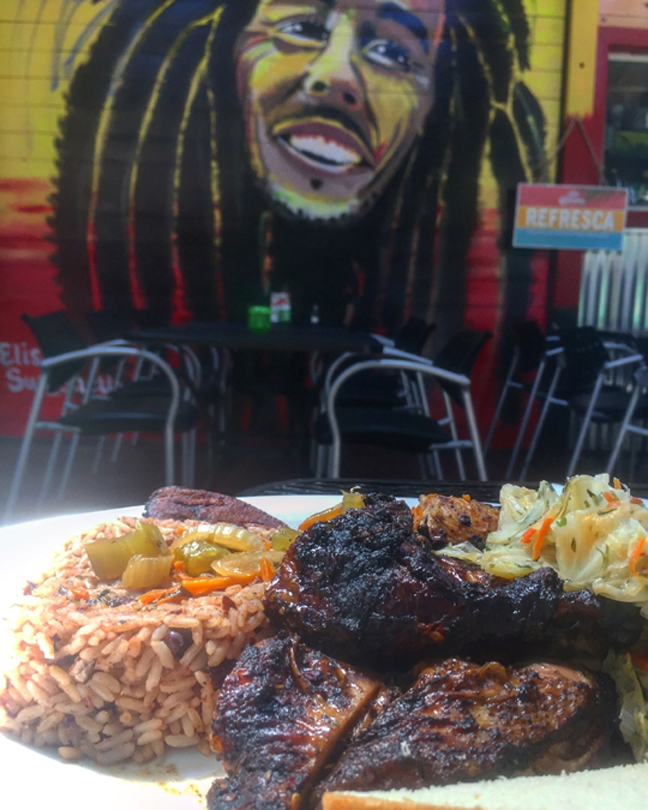
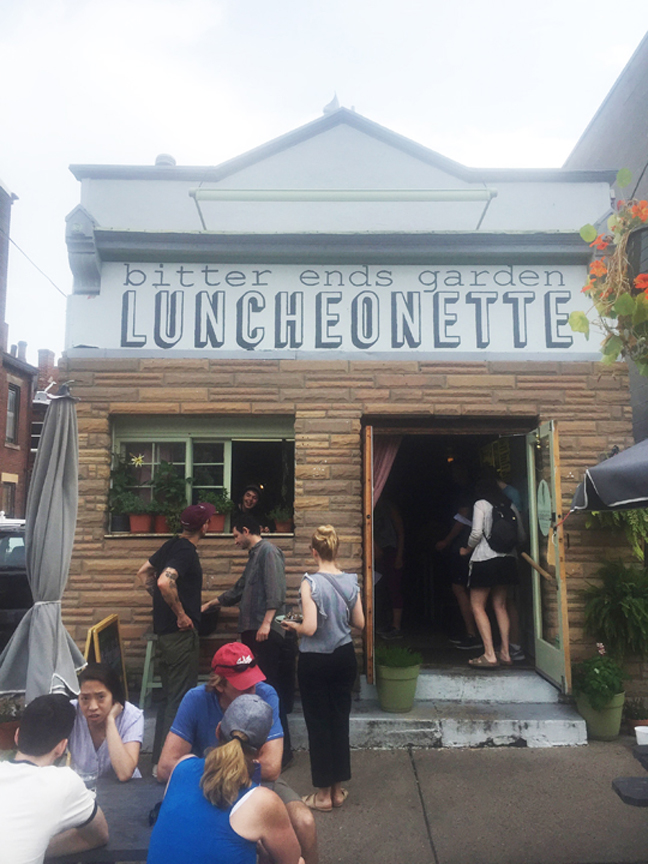








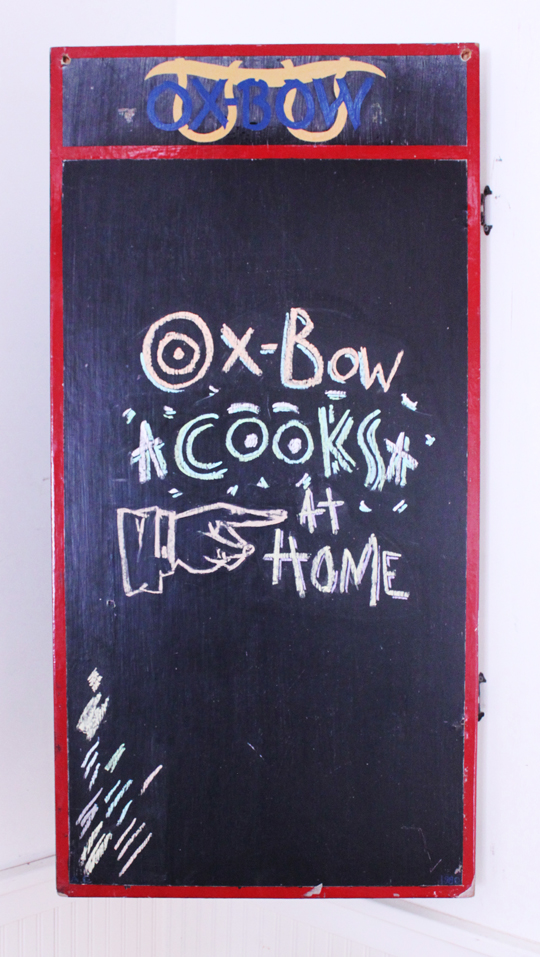
I’m Back – Food 2023!
Just like your favorite rock band faked you out with that last retirement, I’m back! Life is just too delicious! I actually did a top 10 last year over on Instagram and had originally intended to post this over there, but for a whole host of reasons, I’m burning out on that app. Also, I just paid the $200 renewal fee on this domain name, so let’s blog, baby!
Hermosa
Ethan Lim’s Hermosa is so damn tasty that it was on my list last year too. I was blessed to enjoy a prix fixe tasting lunch there with the always delightful Sher family. Ethan shares the bright flavors of his family’s homeland, Cambodia, reimagined with fine dining flourishes, while rooted in the vernaculars of home cooking and his humble hotdog stand origins. As fantastic as his food is, Ethan’s sense of hospitality is remarkable – he welcomes diners with warmth, intimacy, and care.
I was heartbroken to hear of the loss of Ethan’s mother later in the year, how truly grateful I am that we were able to taste her homemade sausage. I highly recommend watching “Cambodian Futures”, an award winning documentary about Ethan’s journey, which centers his relationship with Momma Lim and their family’s story of resettling in the US. When Kissinger died, I reflected on the grim atrocities enabled by American imperialism in Cambodia. We don’t deserve the Lims, who have so generously shared their culture, perseverance, and utmost hospitality.
A2B Indian Veg Restaurant
In a former chain margarita-and-chips joint off our highway exit, I noticed a new sign with the vaguest name ever, A2B. I Googled – turns out it’s a new outpost of a popular vegetarian restaurant from Chennai, India. With their sprawling menu, this place has treated me to a for real education in Southern Indian cuisine. The first dish I tried there (which is actually Sri Lankan, a cuisine you don’t find often around here) was love at first bite: parotta kurma. These rolled, laminated flatbreads shatter like the best croissant. And that kurma curry – so rich with coconut and deeply spiced.
Phở Stuff
Big year for phở and phở flavored things! At the tip top spot is the Viet dip at Wicker Park’s Phodega, the most successful reinvention of the Italian beef I’ve ever had.
The Viet dip + the short rib phở at Pholicious, out here in da burbs, inspired me to make phở-spiced, braised short ribs with fresh “hot mix” giardiniera, on a menu that my client Dirk claimed might have been my best.
Gorditas Liselena
My homies at Birria Loca, here in Winfield, hipped me onto a new-ish Norteño gordita spot, Gorditas Liselena, a stones throw away in West Chicago. While the gorditas are great, the skinny burritos rolled in homemade tortillas are my biggest crush… until they teamed up with Birria Loca, dropping a birria-stuffed quesagordita collab.
Little Palestine
The people of Palestine have weighed heavy on my heart for the past 83 days. I feel helpless in the face of such catastrophe. As I do, I connect with people through food and I felt compelled one morning to head down to where I’m from in the southwest suburbs, home to Little Palestine, an enclave anchored around Harlem Avenue. Fully aware that I had the luxury of eating the food of a people without access to nary a scrap of bread, I appreciated each bite of taboon, mutabal, and kofta with intention and gratitude. Most importantly, I was able to make eye contact and polite conversation with Palestinian people and find a flicker of human-to-human empathy in a menacing world.